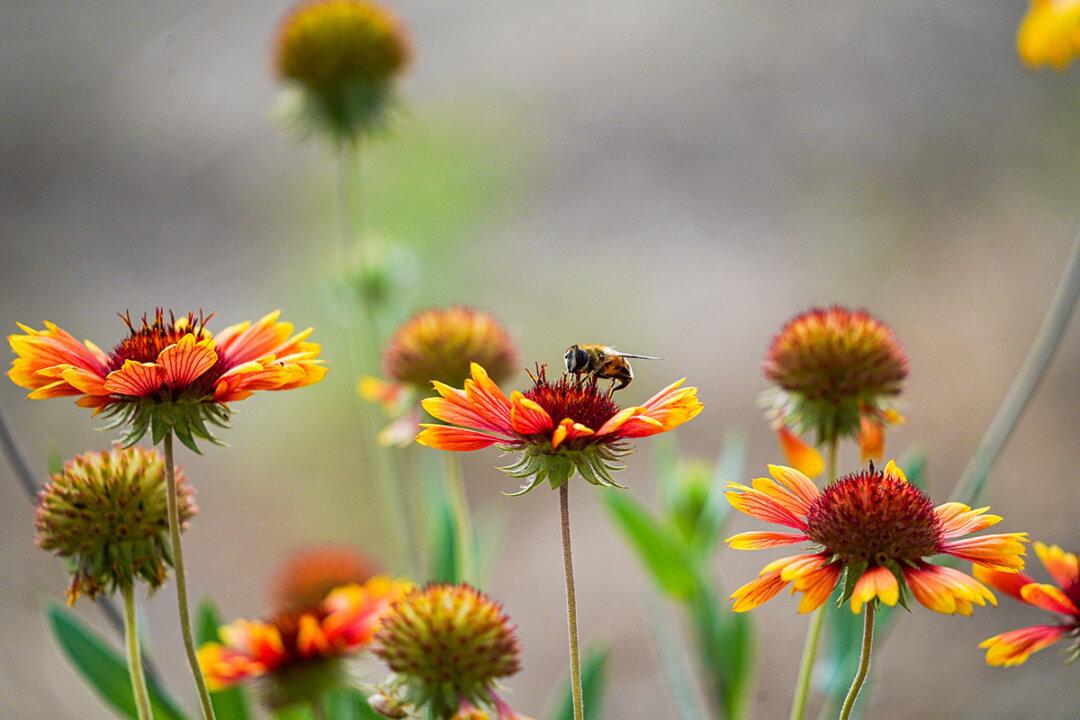Chances are, there are more good insects in the garden at present than bad ones.
Insects are needed to properly pollinate fruits and vegetables, and to burrow through and aerate the soil so plant roots can get sufficient air, water, and fertilizer. Some bugs feed on weed seeds to keep those populations lower than they would be otherwise, while others devour dead plant matter, dung, and compost. Still others act as food sources for birds.





